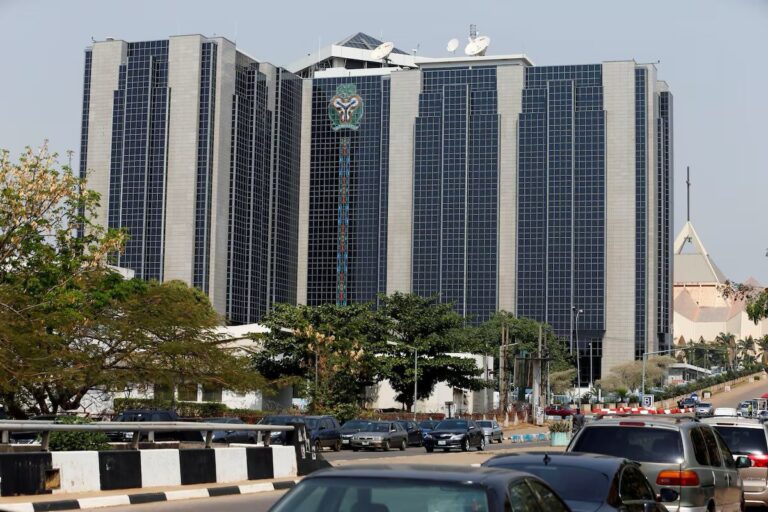By: ThinkBusiness Africa
The Senegalese government has announced a major upward revision to its Gross Domestic Product (GDP), a technical adjustment that has mechanically improved the nation’s key debt metrics as it grapples with a recent fiscal crisis.
The GDP rebasing was published on Tuesday by the National Agency for Statistics and Demography (ANSD), updating the base year used for economic measurement from 2014 to 2021. Resulting in a 13.5% jump in the west African nations economy.
Senegal’s official 2021 GDP figure has been revised upward by 13.5%, settling at a new total of 17,316 billion CFA francs ( $30.40 billion).
Critically, this larger economic base instantly improves the country’s debt-to-GDP ratio. The public debt-to-GDP ratio for 2021 has dropped to 80% from the previous estimate of 90.8%.
The timing of this announcement, and statistical boost provides the government with crucial breathing room as it seeks to stabilize its public finances following a major debt scandal.

Last year, the new government revealed billions of dollars in previously unreported debt accumulated by the prior administration, leading to a major fiscal transparency crisis.
Following the revelation, global credit rating agencies downgraded Senegal’s rating. S&P Global earlier this month downgraded Senegal’s long-term sovereign credit rating to “CCC+” from “B-“, citing its precarious debt position; with a huge debt-to-GDP ratio that was approaching 120% at the end of 2024.
The International Monetary Fund (IMF) suspended its $1.8 billion lending program, demanding clear steps on fiscal reform and transparency.
While the government had previously stated that S&P global did not factor in the imminent rebasing, this official release of the new figures provides a statistical counter-narrative to the crisis.
The IMF is currently engaged in discussions with the Senegalese authorities on a new reform program, and new loan package, which will be essential for restoring creditor confidence and addressing the underlying challenges of elevated debt pressures and high gross financing needs.













